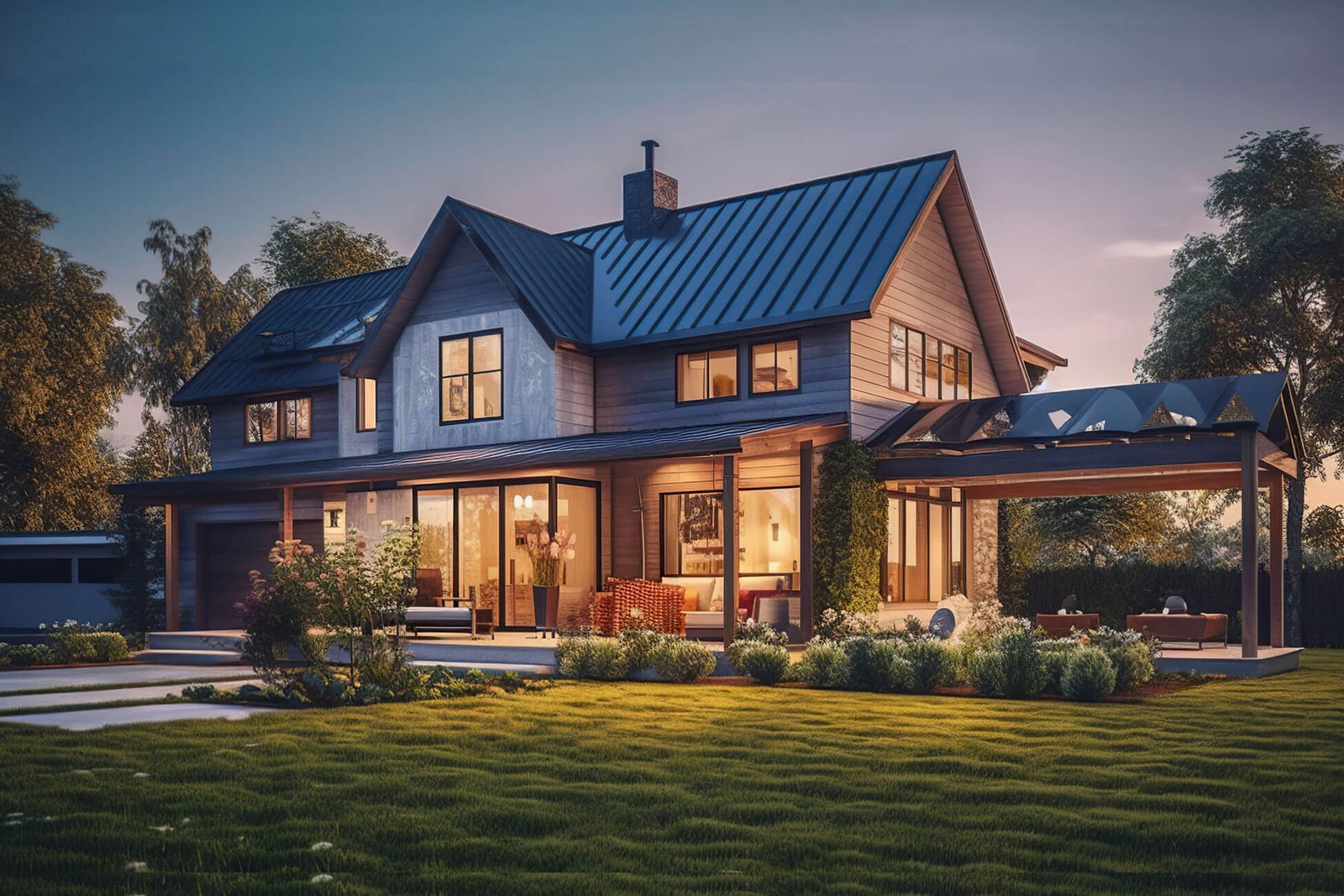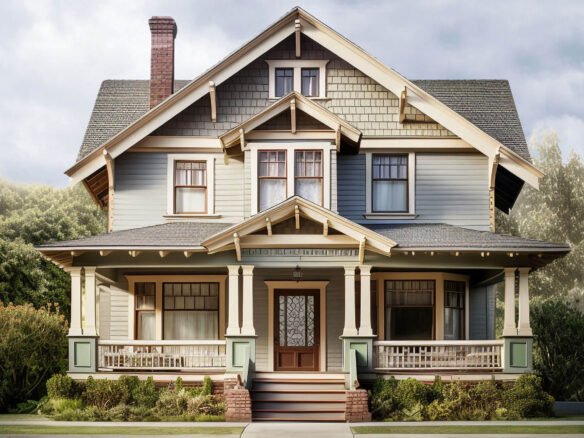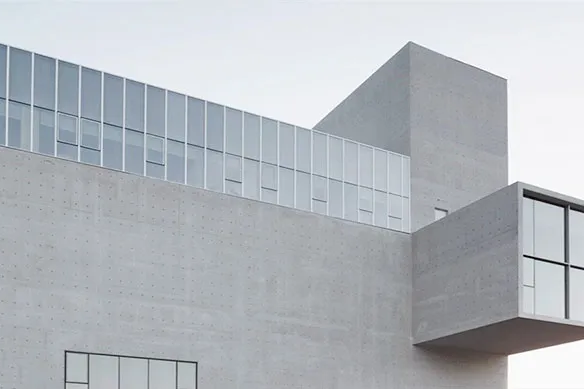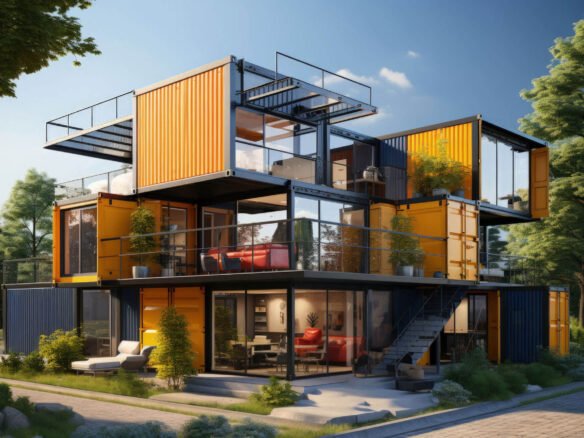Description: South-facing buildings are highly regarded for various reasons, primarily due to their exposure to sunlight. This orientation offers several benefits, but it also has its drawbacks and hidden truths. Understanding these aspects can help determine if this orientation is genuinely advantageous.
Discussion Points:
The Good:
-
- Natural Light: South-facing buildings receive abundant sunlight throughout the day, especially in the northern hemisphere. This can create bright, inviting spaces and improve indoor lighting conditions.
- Energy Efficiency: The increased sunlight can reduce the need for artificial lighting and heating, leading to lower energy bills and a smaller carbon footprint.
- Passive Solar Heating: These buildings can effectively use passive solar heating, where the sunlight naturally warms the building, reducing reliance on heating systems during colder months.
- Health Benefits: Exposure to natural light has been linked to improved mood, better sleep patterns, and overall well-being. It can also contribute to a healthier indoor environment by reducing the presence of mold and mildew.
- Increased Property Value: Properties with good natural light and energy efficiency features often have higher market values and greater appeal to potential buyers.
The Bad:
-
- Overheating: In warmer climates or during the summer months, south-facing buildings can become excessively hot, leading to discomfort and higher cooling costs.
- Glare Issues: Excessive sunlight can cause glare, making it difficult to work or relax in certain rooms without proper shading or window treatments.
- Uneven Lighting: While south-facing rooms may receive ample light, other parts of the building might remain dim, necessitating additional lighting solutions and potentially disrupting the balance of natural light.
- Maintenance Costs: Managing the effects of direct sunlight, such as fading of furnishings and the need for cooling systems or window treatments, can add to maintenance expenses.
The Hidden Truths:
-
- Design Considerations: Effective utilization of a south-facing orientation requires thoughtful architectural design, such as strategic window placement, use of thermal mass, and incorporation of shading devices to maximize benefits and minimize downsides.
- Local Climate Impact: The advantages of south-facing buildings can vary significantly depending on the local climate. What works well in one region may not be ideal in another.
- Solar Panel Efficiency: South-facing roofs are optimal for solar panel installations, maximizing energy production and enhancing sustainability efforts.
- Resale Value Fluctuations: While south-facing properties generally have higher value, market demand can fluctuate based on trends and buyer preferences.
- Cultural and Psychological Factors: In some cultures, south-facing buildings are considered auspicious, which can influence property desirability and value.
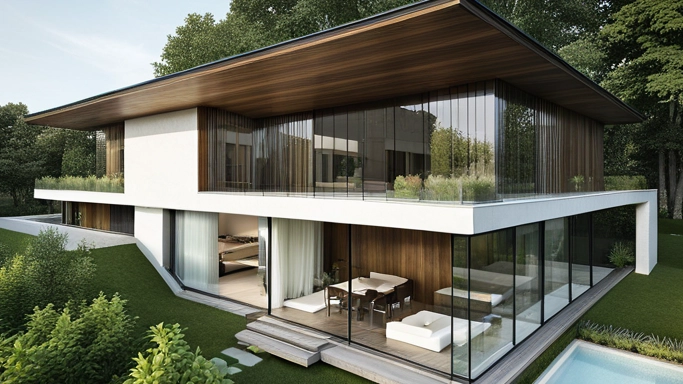
Is This Really Good?
The benefits of south-facing buildings are compelling, particularly in terms of natural light, energy efficiency, and potential health benefits. However, these advantages must be weighed against the potential drawbacks, such as overheating, glare, and uneven lighting.
What Should We Do?
- Assess Local Climate: Evaluate the local climate to determine if a south-facing building will provide the desired benefits or if it might lead to overheating and high cooling costs.
- Incorporate Smart Design: Work with architects to design buildings that maximize the benefits of south-facing orientation while mitigating potential downsides. This might include adding shading devices, thermal mass, and proper ventilation.
- Invest in Energy Efficiency: Consider integrating energy-efficient solutions such as solar panels, energy-efficient windows, and smart home systems to optimize the benefits of natural light and passive heating.
- Use Quality Window Treatments: Install blinds, curtains, or other window treatments to control glare and heat gain, ensuring a comfortable indoor environment.
- Monitor Resale Trends: Stay informed about market trends and cultural preferences that might affect the resale value of south-facing properties.
- Balance Light Distribution: Design the building layout to balance natural light distribution, ensuring all areas receive adequate lighting without excessive glare or dimness.
Overall, while south-facing buildings offer numerous advantages, they require careful consideration and design to fully realize their benefits and mitigate potential issues. If these factors are thoughtfully addressed, south-facing buildings can indeed be a very good choice.


